Applicant tracking systems are today’s gatekeepers when applying online for jobs. Make sure you understand what it is and how to beat the system!
Applicant Tracking System: What to Know Before Submitting Your Resume
So, you’re job searching, eh? Are you finding yourself spending countless hours clicking, uploading, filling out forms, crossing fingers, and praying that your resume miraculously lands you a coveted invitation to interview?
If so, you’re not alone. I often hear, “Emily, I need to start my job search. Can you revamp my resume?”
While I would tell you this is not the first and most important step (hint: networking is!) – I get it. Most people want a clear conscience and feel instant gratification holding a fancy paper that tells their life story on one to two pages.
So, what happens when you apply to jobs online through an applicant tracking system?
But in addition to learning how to write a killer resume, it’s really important to understand what is happening behind the scenes when you upload a resume.
Today, I am going to dish out what happens in the recruitment process.
We will review:
– What is an applicantion tracking system (ATS)?
– What happens when you hit “submit application”?
– How long it takes for a recruiter to get back to you?
– How do you beat the applicant tracking system?
– What else can you do to better position yourself if you hear no response back?
By understanding the ‘behind the scenes’ recruitment process, you can better position yourself if you decide to move forward with this method of job searching.
What is an application tracking system (ATS)?
In the old days, the best organization systems recruiters had been good old filing cabinets with a lot of printed resumes. This eventually evolving into Excel spreadsheets. Well, thank goodness for all of these new cloud-based Applicant Tracking Systems that have popped up like Workday and Taleo.
Prior to Applicant Tracking Systems, we’d have 100+ emails sent with resume attachments from random emails within the first day of a job being published on Craigslist or Indeed. Can you imagine how cluttered an inbox looked like?
Thanks to the birth of applicant tracking systems, companies can now post a job in their ATS, publish the job across various job boards, and have a very organized system where all applicants have a profile automatically created with resumes attached.
The beauty of these Applicant Tracking Systems are they also act as one big database where you can search. So, if a company or recruiter collected 10,000+ resumes, they can now simply type in a word like “Javascript” to find all of the resumes with Javascript listed as a skill. Essentially, recruiters have a digitalized filing cabinet of anyone ever interested in their posted jobs and can find resumes that match a specific skill.
What happens when you hit ‘submit application’?
If a company likes your overall background and they bring you through the process, they will suggest other roles that you could be a better fit for.
Going back to illustrating the applicant tracking system, let’s say I’m looking for an Administrative Assistant and the job is posted on my website, maybe LinkedIn, and Careerbuilder. Regardless of where you found the job, once you apply and upload your resume, you are now tied to the main job within our system. This is why it’s important to not apply to 2-10 different jobs at the same company.
I once was responsible for all engineering and scientist positions at the company I recruited for. It was really annoying and discouraging to see John Smith apply to three different jobs ranging from Engineer to Scientist to Chemist. This made me wonder if John knew what he really wanted to do and what he was really good at. Trust me, in this case, the third time is not a charm.
When you’re unsure of what position you best qualify for, look through the description and the qualifications. Which one sounds the most interesting and most matched to your background? That’s the one you apply to. If a company likes your overall background and they bring you through the process, they will suggest other roles that you could be a better fit for.
Bottom line, you don’t want your resume showing up more than once for different types of departments and skillsets!
How long does it take for a recruiter to get back to you?
This can honestly range from a few hours to a few months! Ultimately what happens though is your resume gets scanned across the job description. Applicant tracking systems are smart these days. They can scan a .docx or a .pdf and match keywords. The more keywords your resume has to the job description you applied for, the higher percentage you will score.
Often times, when a recruiter reviews resumes, the system already ranks the applicants in order from ascending to descending scores. You can bet if you’re a Starbucks barista applying to an engineer position and you don’t have any engineer words or software platforms, you’re going to rank lower than an engineer who has specific acronyms, tools, and verbs the job description called for.
When I was a recruiter I used to batch my interviews together. So I would wait a few days after posting a job and then start screening through all of the applicants so I could identify 3 of the closest candidates that matched what I was looking for and start the interview process for each around the same time.
I would start with those that scored in the 90th percentile, then go to the 80s, to the 70s, and so on. If I started to see really irrelevant candidates, I would often stop and start looking for candidates through other channels like LinkedIn searches.
How can you beat the applicant tracking system?
The applicant tracking system has been helpful for recruiters and companies that receive thousands of resumes! If you are customizing your resume, you should make sure you follow the same language the job description uses. For example, if they use sales, make sure your resume says sales instead of business development. Make sense?
I’m often asked if you should include MS Office on your resume. If the job description says MS Office or MS Word make sure that the exact phrase is placed on your resume. Remember, each matching word & phrase rewards you!
RELATED: How To Write An Effective Resume (Eye-Catching ATS Friendly Template Included!)
What else can you do to better position yourself if you hear no response back?
So you’ve applied and a week goes by and you haven’t received one of those automated rejection emails stating your background is great but unfortunately they went with someone who matches their needs slightly better. Don’t bust out the champagne — yet!
RELATED: When To Follow Up On Job Applications (And How)!
Instead, you may want to follow up on your application. You can find the hiring manager or recruiter’s email (using this Boolean trick; bonus: you can also find out who your cover letter should be made to) and build off the following:
Dear ,
I am writing to follow up on my application I submitted on for the position.
I am very interested in because . I believe my can be a strong fit and would greatly appreciate being considered for this opportunity.
I am attaching my resume here for your convenience. I look forward to hearing an update and please let me know if there is any additional information I can provide.
All the Best,
The bottom line, applying online as a last ditch resort can be more fruitful if you follow the easy steps above and understand how applicant tracking systems work! Don’t get lost in the sea of resumes. Make sure you have a polished resume that speaks to your background clearly and concisely. Also, don’t be discouraged if weeks go by and you haven’t heard a peep. Recruiters are often working on multiple positions and receive thousands of resumes. Perhaps just another reason to continue mastering the art of networking!
RELATED: 3 Practical Mindset Shifts to Start Networking Confidently
Good luck!
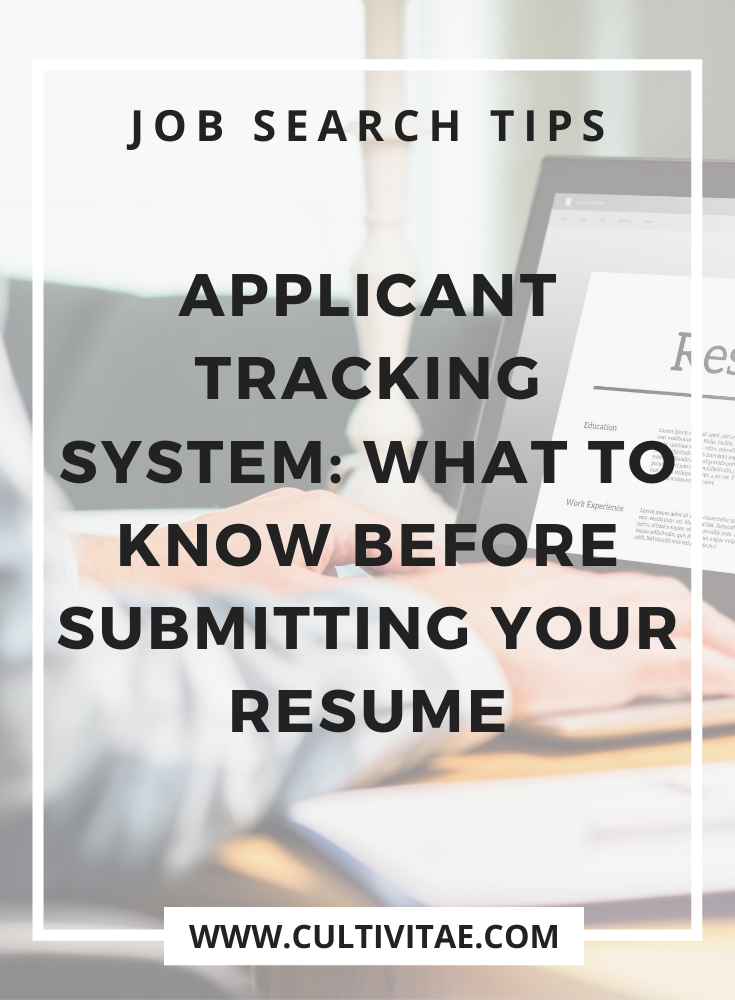

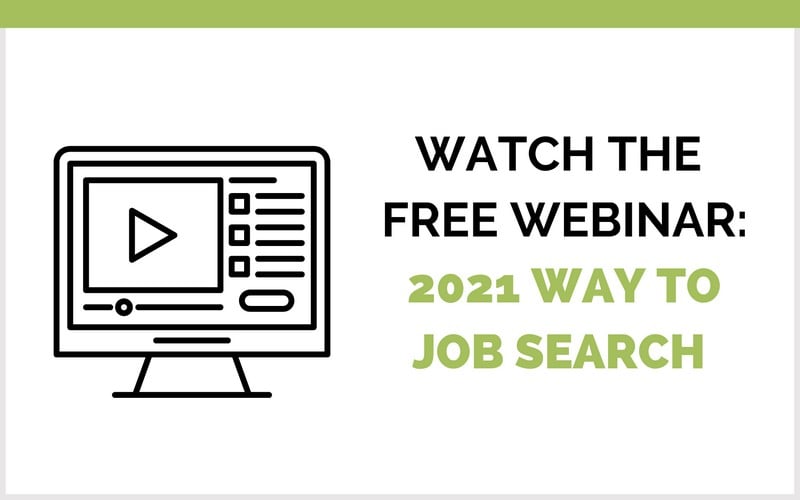
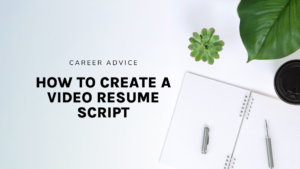



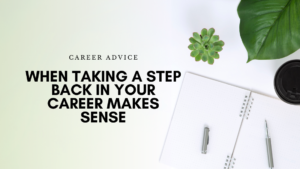
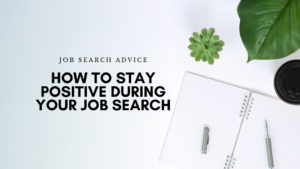



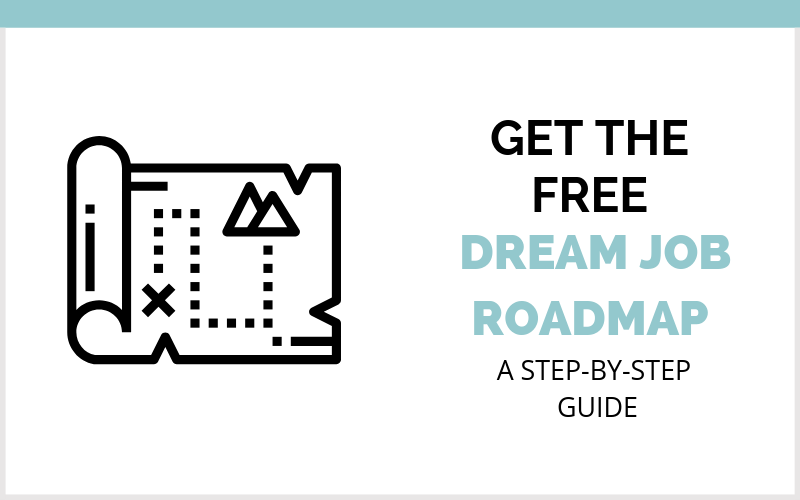
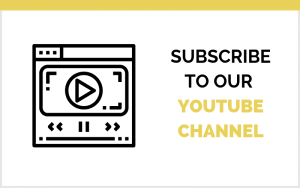
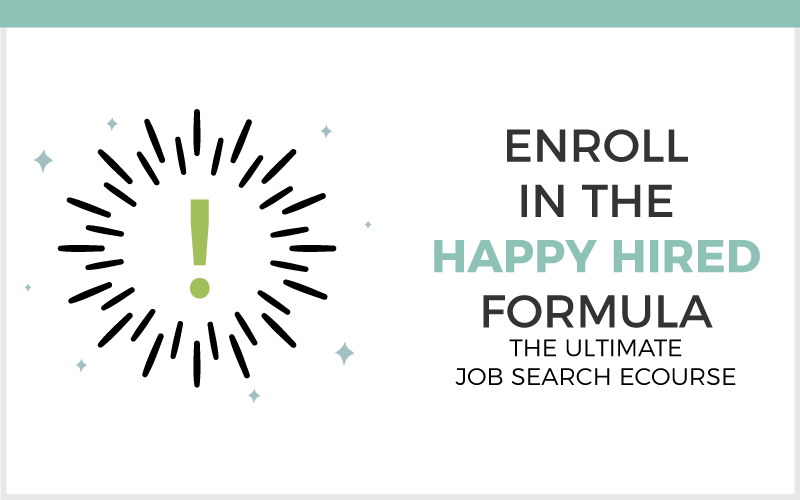
I think people shouldn’t be so scared about the ATS. there are a lot of cheats on the web how to customize your resume and still looks great. Moreover, I think it may be even great that a bot makes a check on the setting stage and not the human being. Thus you reduce any kind of possible biases, the system scans you on the non-prejudicial way. All that matters is your skills, knowledge and good writing skills.